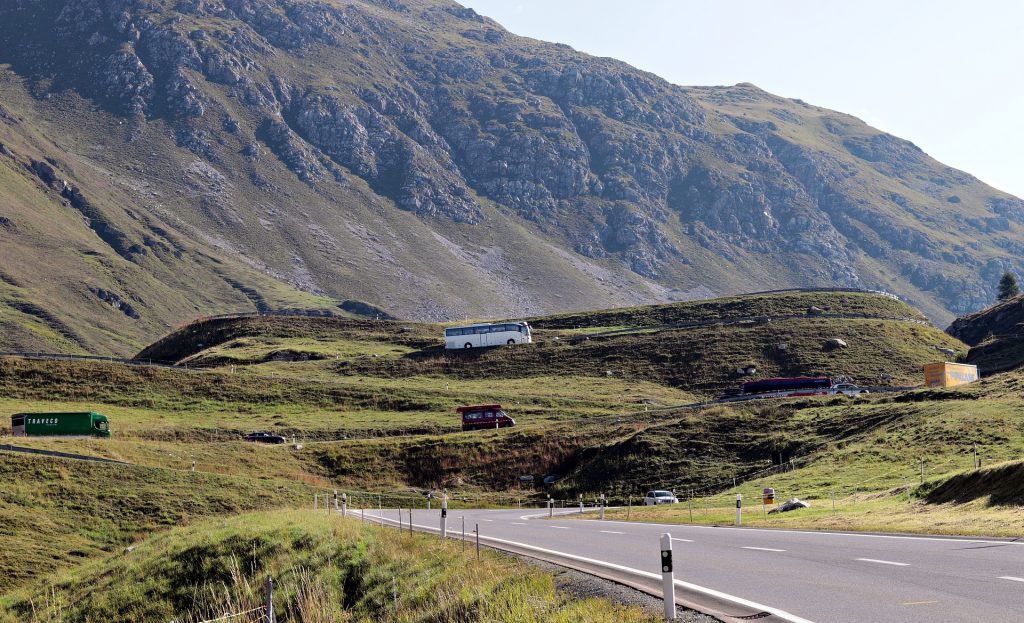The benefits of recruiting women in the trucking industry
The UN has recently warned that the coronavirus pandemic may lead to increased inequalities for women as female workers across the globe become more at risk of losing their job than their male colleagues. In the UK alone, female workers are four percentage points more likely to have lost their job than men; 17% of UK women are newly unemployed compared to 13% of men. While it’s upsetting that any worker is losing their job during this difficult time, could there be future potential for more women in the trucking industry? Let us explain…
It’s no secret that the coronavirus pandemic is impacting people and industries around the world, and the haulage industry is no different. A recent three-part report from driver recruitment specialists, Driver Require, has highlighted the expected impact of COVID-19 on the UK haulage industry. CEO of Driver Require, Keiran Smith, highlighted that there has been a “35% drop in the transport and storage sector, and a 50% drop in LGV driver employment during the same period.” However, he does expect that by the end of 2020, transport and storage employment will be down by around 15% – so there will be some recovery to be done…

Recruitment in the trucking industry is known for being historically difficult, as mentioned in one of our previous blogs, ‘HGV Licence: Starting your logistics career’:
“… a combination of an ageing workforce, health problems and recruitment issues has meant that fewer people are choosing truck driving as a career. The average UK truck driver is 53 years old, 13% are over the age of 60 and set to retire soon and only 2% are under the age of 25. Meaning there are not enough young drivers to replace the current workforce.”
However, with younger people being more prone to job or income loss during the pandemic, haulage may be an appealing career choice at the end of the current situation and, though we can’t give a specifics on when, the haulage industry will recover from COVID-19. Once it does recover, we will expect to see a demand for more drivers in the future – for female workers looking for employment after the pandemic, stepping into this industry could be a great opportunity.
Many companies have been looking to recruit women for the various roles within the industry – as truck drivers, and in managerial and operational roles. However, recruiting women in roles within the trucking industry has always been a challenge. There are lots of opportunities for women to succeed within this sector, however, just 1% of the UK lorry drivers are female. With demand for more truck drivers being high, in this blog we wanted to highlight some of the biggest benefits of (and for) females working in the trucking industry:

No Gender Pay gap
One of the biggest benefits of being a truck driver, regardless of your gender, is the high salary. Over the past few years, there has been a huge drive to recruit across the world due to a shortage of drivers, so companies are advertising jobs with a high salary attached; with that wage being the same for both men and women. Although declining, there is still a large gender pay gap in the UK, which currently sits at 17.3%. The fact there is no gender pay gap in the trucking industry is highly attractive for women looking to enter into these roles.
On top of this, the average annual salary is well above the national minimum wage, which is currently £8.72 for over 25-year-olds. Equality and fair pay are key in attracting both men and women to the truck driving industry in a time where these key workers are desperately needed.
No degree required
The truck driving industry pays the highest salary and offers the greatest benefits for roles that don’t require a college qualification or university degree. This opens up opportunities for women who are willing to take on the role. Although many can be reluctant in taking on a role like this, due long days away from home and having to stick to delivery deadlines, there are many opportunities to travel the globe and progress in the career ladder. In an interview with the BBC, HGV driver, Leonia John, affirmed:
“You get to go out and see the world. And it’s nice knowing you’ve delivered something that’s going to appear in the shops for people to buy.”
If you’re already interested in a role in the haulage industry, you can find out more about how to kick-start a career in trucking by reading our blog “HGV Licence: Starting your logistics career”.
Women strive to progress
In the early days of truck driving, it was extremely difficult to recruit women for roles within the industry for a number of reasons, including women traditionally taking on the role as the homemaker, possible harassment within certain workplaces, and safety on the road. However, with new policies and strict measures in place, the transport industry offers desirable roles to women of all levels across the UK.
As of 2017, over 14% of women in the transport industry occupy managerial and operational positions. This shows that progression within each role is achievable and that female truck drivers should still strive to progress within the sector.
In 2019, Scottish fashion student, Jodie Lawson, hit the headlines as she became the UK’s youngest ever female truck driver. Jodie is disrupting the industry norm and is currently on a mission to use her platform and encourage other women to succeed and be inspired. In a recent interview, Jodie said:
“My advice would be to just go for it. Don’t be scared because when you’re up there in that lorry it’s an amazing feeling.”

Women driving innovation
Women have helped industry bosses think differently when it comes to protecting women in their workforce. For example, in America, The Women in Trucking Association has been a huge factor in increasing the opportunities for females in the industry. Founded in 2007, WIT aims to promote gender diversity, celebrate accomplishments, and reduce the challenges that women face each day. The group have grown to over 4,000 members with a huge social media following.
There is also an international organisation called Real Women in Trucking, who advocate safety and have built a supportive network for females in the trucking industry. They collect membership fees which allow them to mentor women who wish to become commercial drivers and connect them with established companies across the world – creating new opportunities for those who may be otherwise unaware of them.
Creative approach to recruitment
Trucking has long been viewed as a ‘masculine profession’ with over 99% of the driving workforce being male in the UK, so attracting women to become part of the industry can be challenging but necessary. To combat this, many companies have taken a female-first approach to recruiting, using techniques that specifically target women. For example, adjusting the tone of voice and imagery in job posts and utilising social media advertising to target women specifically for a variety of roles.
If you are an experienced HGV driver or have stories to share that celebrate women in the trucking industry, please share with us on Twitter by tagging us at @stoneridge_uk. If you would like to read more articles, on topics from new legislation to the best truck stops in the UK, browse our driver’s blog.
